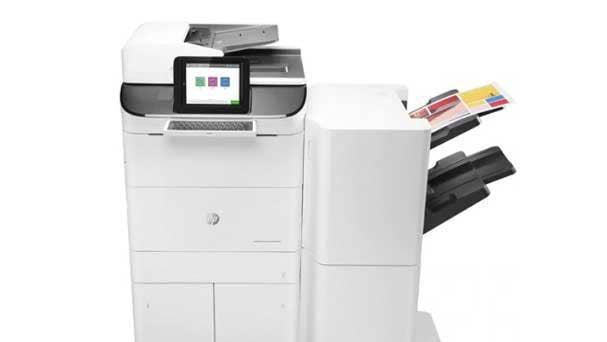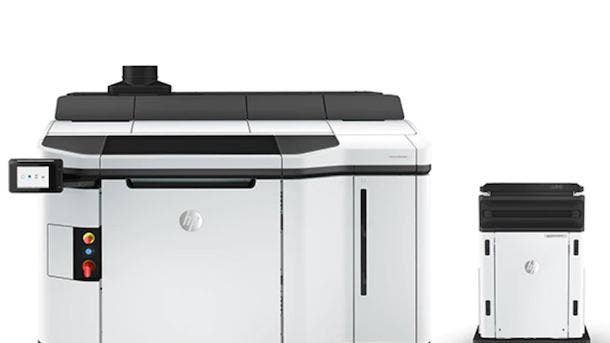5 Things To Know About HP's Next CEO, Enrique Lores
HP Inc.'s next CEO, Enrique Lores, started his professional life as an engineering intern 30 years ago at HP and rose to the top while taking key leadership roles across the organization.

The Classic Company Man: Moving Up The Corporate Ladder
In tapping Enrique Lores to be HP's new CEO starting Nov. 1 after current CEO Dion Weisler steps down for family reasons, the PC and printer giant is getting a classic company man who is not only steeped in the company culture, but is also a seasoned executive with a global outlook on the business.
Lores was born in Madrid and spent the last 30 years at HP, starting as an engineering intern and rising to head the company's massive printing and imaging business before being crowned as the next CEO. He has played a major role in some of the key inflection points in HP's history, including the split of Hewlett-Packard into Hewlett Packard Enterprise and HP Inc. and HP's massive acquisition of Samsung's printer business.
Here is look at five things that brought Lores to the pinnacle of success.

An Engineer At Heart
Lores started his HP career 30 years ago this year as an engineering intern. He has a degree in electrical engineering from the Polytechnic University of Valencia, giving him the right foundation for a great start at an engineering-focused company like HP. Along the way, he also received an MBA from the ESADE Business School in Barcelona, Spain, which gave him the means to turn his engineering skills into what it took to become one of HP's fastest-rising executives.

Journey To The Top
During his 30-year journey to the top, Lores touched nearly every facet of HP and the HP culture, including meeting in person the originators of that culture, HP founders Bill Hewlett and Dave Packard. Lores has led the company's PC, print, industrial and services businesses across the world. His roles at the company include general manager of HP's commercial PC business, senior vice president of worldwide customer support and services, and senior vice president of worldwide sales and solutions. Lores also played key roles in the evolution of HP's printer business and the split of the original HP into Hewlett Packard Enterprise and HP.

Lores Made HP's Printer Business What It Is Today
As of the 12 months ended July 31, the printing business accounts for nearly 34 percent of HP's total revenue. It also accounts for over 59 percent of total earnings from operations. The strength of HP's printing business stems in large part from Lores' role over the past few years since he took over as president of HP's imaging, printing, and solution business in 2015. As HP imaging and printing president, he spearheaded HP's 2017 acquisition of Samsung's printer business, which brought HP 1,300 researchers and engineers and 6,500 print patents. He also fostered the development of strategic partnerships with such peers as Canon and Xerox. Under his leadership, HP also became a leader in 3-D printing and printing as a service.

Key Role In The HP Split
When the former HP unveiled its plan to split into the PC and printer company HP Inc. and the data center-focused Hewlett Packard Enterprise, Lores, who at the time served as senior vice president of business PC solutions for HP's Printing and Personal Systems Business, was tapped to lead the separation management office for the HP Inc. printing and personal systems business, and played a key role in the challenging division of HP into two multibillion-dollar IT giants.

Passionate Channel Advocate
Lores knows how important the channel is to HP's future.
During a call with CRN and an analyst Thursday, Lores said he remains committed to working closely with channel partners to drive HP's businesses in areas such as PC and print. He promised he "definitely will not change the importance of the channel for the company” as CEO.
"We want to continue to expand and grow their businesses," he said.
Lores played a key role in the development of HP's managed print services business, continually expanding the role that business plays with channel partners. That included supporting traditional channel sales even as the company pushed to bring as many of its partners to the services side of the business as possible.
"We are really driving a big transformation of the business, by growing our printing-as-a-service business. We are really committed to the channel. And as we change our business, we want to make sure that they change with us, and that we help them as much as we can in this transition," Lores told CRN in June.